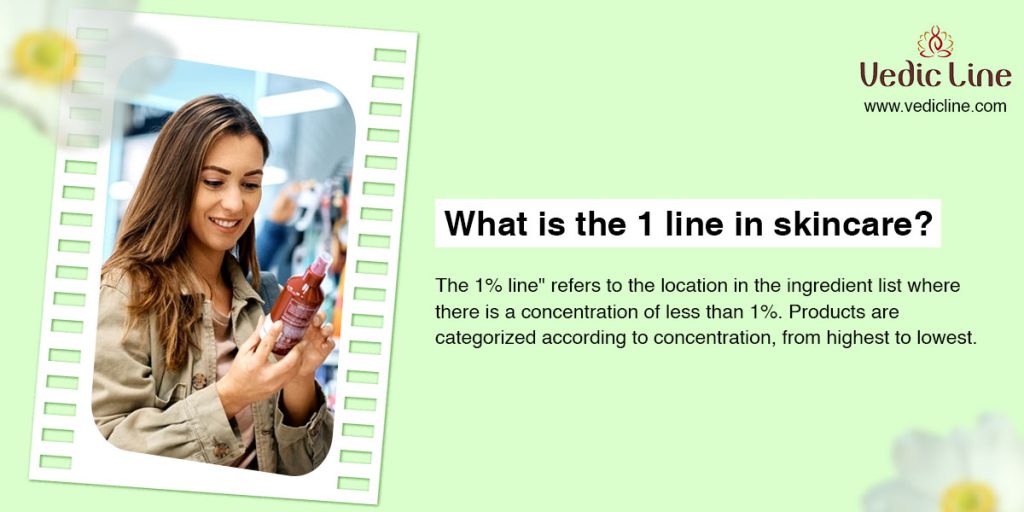In the ever-expanding world of skincare, where new products seem to flood the market daily, it’s easy to get lost in the sea of promising formulations and dazzling packaging. However, one crucial aspect that often goes overlooked is the information provided on skincare labels. These labels are not just fancy designs, they are a treasure trove of essential details that can significantly impact your skin health.
In this blog, we will delve into the importance of reading skincare labels, deciphering the cryptic language they often present, and empowering consumers to make informed decisions about their skincare routines.
Understanding Ingredients
The foundation of any skincare product is its composition. Reading skincare labels is like deciphering a code that reveals what goes into the formulation. Ingredients are listed in descending order of concentration, allowing consumers to gauge the prominence of key components. For those with sensitive skin or specific allergies, this information is invaluable. Knowledge of common irritants or allergens empowers individuals to avoid products that may trigger adverse reactions, promoting a healthier and more personalized skincare routine.
Navigating the Jargon
Skincare labels can be laden with scientific terms and jargon that may leave the average consumer bewildered. However, taking the time to understand this language can be a game-changer. Terms like “parabens,” “sulfates,” and “phthalates” may sound intimidating, but knowing what they entail allows consumers to make choices aligned with their preferences and concerns. For instance, individuals seeking cruelty-free or vegan products can find relevant information on labels, ensuring their choices align with their ethical values.
Differentiating Between Active and Inactive Ingredients
Skincare formulations typically consist of both active and inactive ingredients. Active ingredients are the powerhouse components that deliver specific benefits, such as antioxidants, retinoids, or hyaluronic acid. Understanding the role of these active ingredients enables consumers to select products tailored to their skin needs. On the other hand, inactive ingredients contribute to the overall texture, fragrance, and preservation of the product. Some individuals may be sensitive to certain preservatives or fragrances, making it essential to scrutinize these details on skincare labels.

Expiration Dates and Shelf Life
Just like food products, skincare items have a limited shelf life. Reading labels helps consumers identify the product’s expiration date, ensuring they use it within its optimal period. Using expired products not only diminishes their effectiveness but can also lead to skin irritation or other adverse reactions. Being aware of shelf life allows individuals to manage their skincare inventory wisely, preventing the wastage of products and potential harm to their skin.
Sunscreen Specifics
Sunscreen is a cornerstone of any skincare routine, providing essential protection against harmful UV rays. Skincare labels for sunscreen products contain crucial information regarding the Sun Protection Factor (SPF), water resistance, and the broad-spectrum coverage they offer. Understanding these details is vital for choosing a sunscreen that aligns with your lifestyle, whether you’re a swimmer, an outdoor enthusiast, or someone with specific sensitivity concerns.
Avoiding Harmful Additives
In the pursuit of flawless skin, some consumers may unknowingly expose themselves to harmful additives. Skincare labels serve as a defense mechanism against such risks. By reading labels, individuals can identify and avoid potentially harmful ingredients, such as synthetic fragrances, alcohol, or excessive preservatives. This knowledge empowers consumers to make choices that contribute to their skin’s long-term health and well-being.

Unmasking Marketing Hype
Skincare products often come with lofty claims and promises on their packaging. However, the truth lies in the fine print – the skincare label. Marketing terms like “anti-aging,” “wrinkle-reducing,” or “miracle formula” may sound appealing, but understanding the ingredients and their concentrations is crucial for gauging the product’s actual efficacy. Reading labels helps consumers cut through the marketing noise, allowing them to make informed decisions based on the science behind the product.
The Environmental Impact
Beyond personal benefits, reading skincare labels also connects consumers to the broader issue of environmental sustainability. Labels provide insights into a brand’s commitment to eco-friendly practices, cruelty-free testing, and sustainable sourcing. By supporting brands that align with their values, consumers become agents of positive change in the beauty industry, promoting a shift towards more ethical and sustainable skincare practices.
Customization for Skin Type
Not all skin is created equal, and skincare labels provide valuable information on the suitability of a product for specific skin types. Whether you have oily, dry, sensitive, or combination skin, the labels often include indicators or symbols that guide you in choosing products tailored to your skin’s unique needs.
Allergen and Sensitivity Awareness
Skin reactions can range from mild irritation to severe allergic responses. Skincare labels highlight potential allergens and irritants, allowing consumers to identify ingredients that may trigger adverse reactions.

Conclusion
In a world where skincare options are abundant, the importance of reading skincare labels cannot be overstated. From understanding ingredients to navigating the world of jargon and deciphering marketing claims, the information on skincare labels is the key to unlocking a personalized and effective skincare routine. By embracing the knowledge embedded in these labels, consumers can embark on a journey towards healthier, happier skin.



